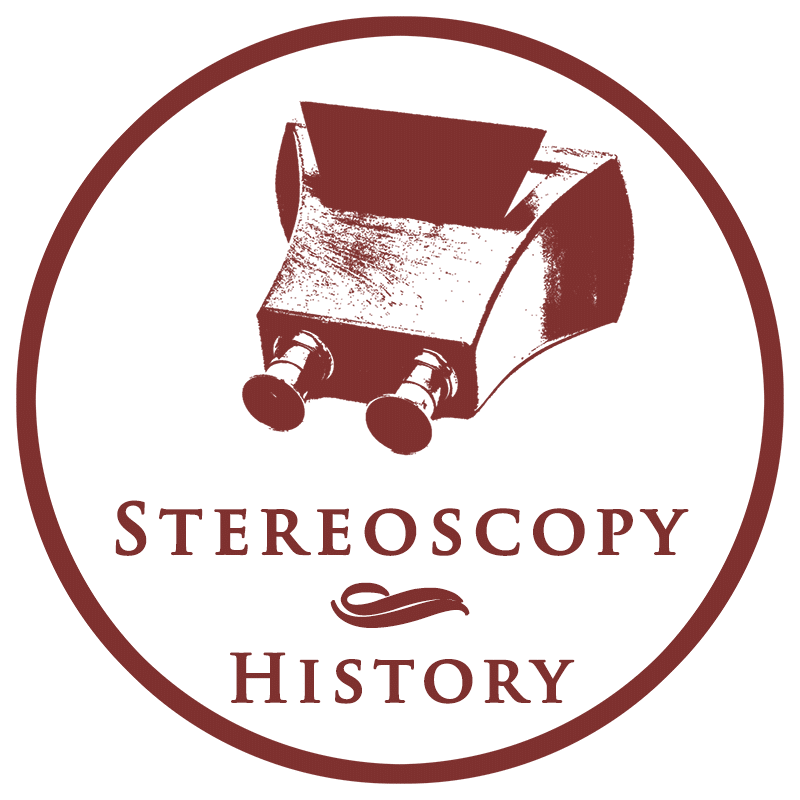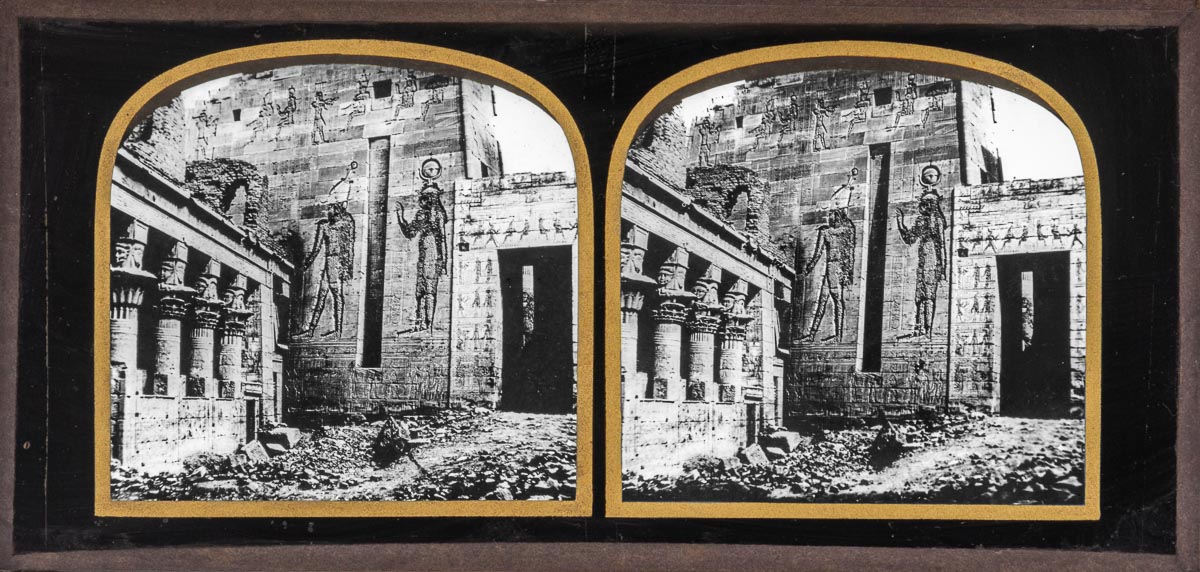
8.5 x 17 cm glass stereoview published by Negretti and Zambra
While Francis Frith was still in Egypt on his first trip, he sent 100 stereo negatives to the publisher Negretti and Zambra in London. Frith’s choice to bring a stereo camera was undoubtedly due to the stereoscopomania that was going on in England in the 1850s. It turned out to be a good choice because the stereoviews became a great success. Frith took stereo photos during all three journeys to Egypt and the Holy Land. The first stereoviews with images of Egypt were published by Negretti and Zambra in 1857 and appeared in the catalogue Stereoscopic Views in Egypt Nubia etc. from Negatives Taken by F. Frith.
The collection of 100 images from the first trip was published as glass stereoviews and paper card stereoviews. The images in both series were identical. The stereoviews were numbered from 300 to 399. Frith scratched the numbers in the negatives. After returning from his second trip, a collection of 58 stereoviews of the Holy Land was published in June 1858. These views were numbered from 400 to 457. Later, a second series of Egypt stereoviews followed. The stereoviews of this series are more rare and the views were probably numbered from 458 to 499. The images were made during the third journey.
Glass stereoviews
Frith’s stereoviews from his first trip to Egypt were presented in the spring of 1857 by Negretti and Zambra at a meeting of the Photographic Society in London. The glass stereoviews were not published until the end of 1857 because the publisher was afraid of image piracy. It was indeed easy to make a copy of the high-quality positive images, but it is more likely that the publisher wanted to pique curiosity and create momentum for the exclusive images on glass. The stereoviews were printed on glass using the albumen-on-glass process. The slides have a size of c. 8.5 x 17 cm and consist of two glass layers bound together by brown clothing. The two black-and-white images of the stereo pair have the shape of flat-arched windows and are surrounded by gold fillets and a black passepartout. A little paper strip is pasted on the back, which shows the number, title and description.
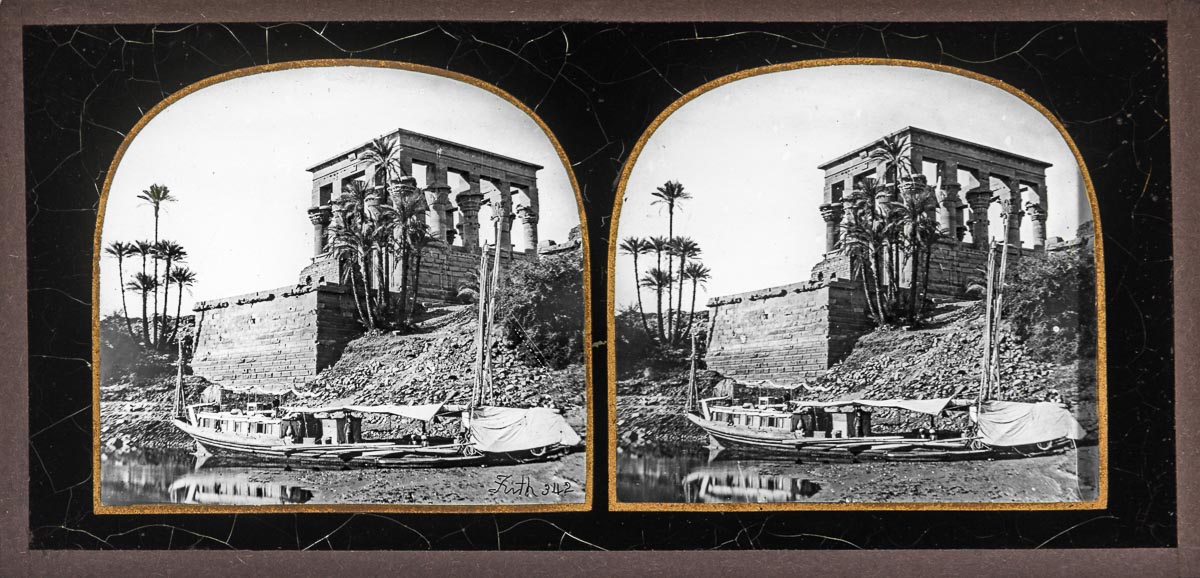
8.5 x 17 cm glass stereoview published by Negretti and Zambra

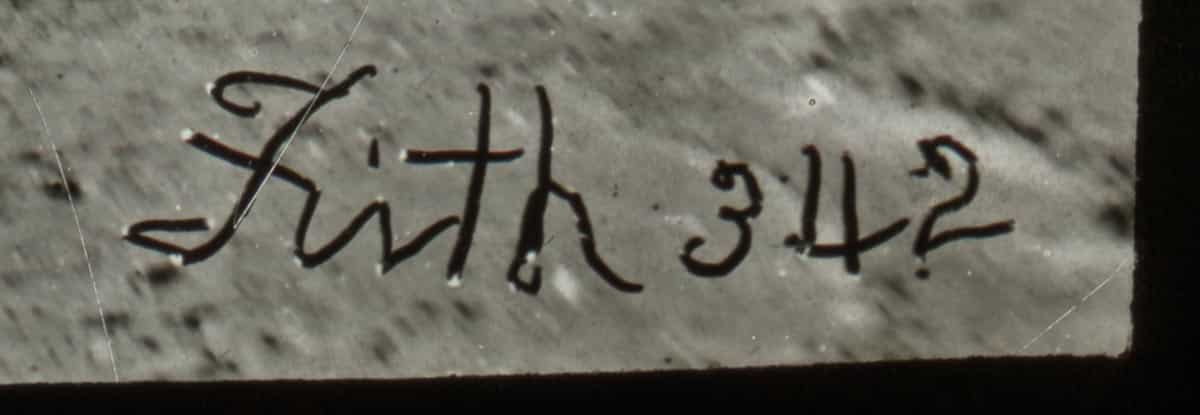
Claude-Marie Ferrier editions
Frith’s glass stereoviews were also published by Claude-Marie Ferrier in France. Ferrier was renowned for his own high-quality stereo photos, and his glass stereoviews were sold by Negretti and Zambra in England. This contact probably resulted in Ferrier obtaining the rights to publish Frith’s glass stereoviews of Egypt in France through the purchase of a set of copy negatives in 1858. The style of the stereoviews is the same as Negretti and Zambra’s. Ferrier used the same numbers but prefixed them with the number 2. The titles and descriptions were translated into French. Ferrier abandoned the paper label later in favour of a simple transparent label that only showed the number and title.
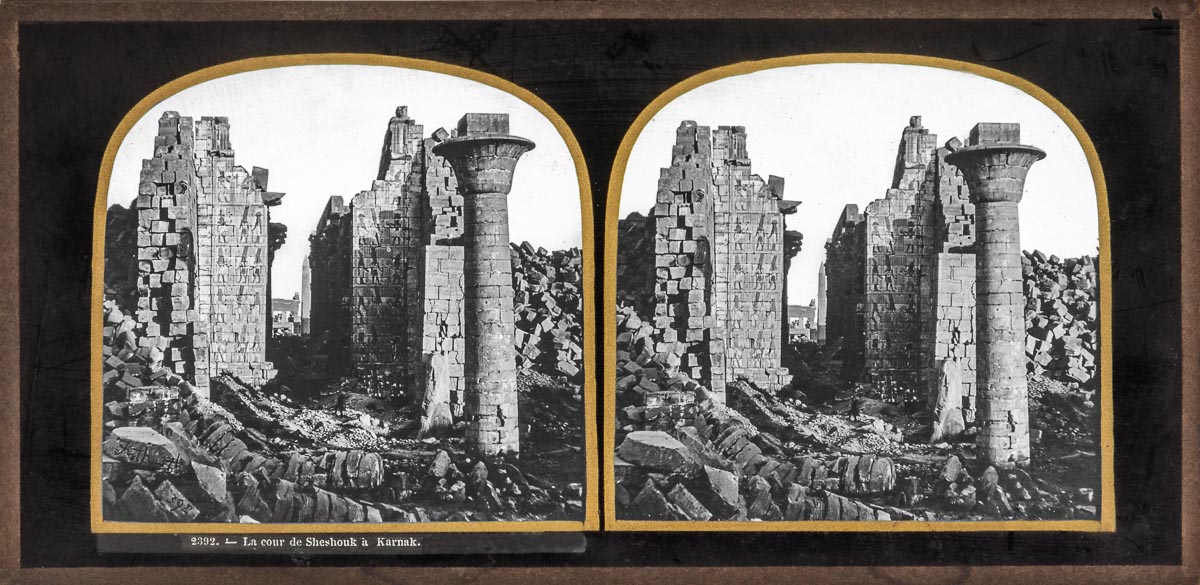
8.5 x 17 cm glass stereoview published by Claude-Marie Ferrier
Paper card stereoviews
The paper card stereoviews have a size of c. 8.5 x 17.5 cm. The two photos of the stereo pair are printed on thin paper using the albumen process. The paper is mounted on cream-coloured cardboard. Like the glass stereoviews, the images have the shape of flat-arched windows and have a brown/yellow tone. On the back of the cardboard, the number, title and description are visible in a window that is decorated with ornaments.
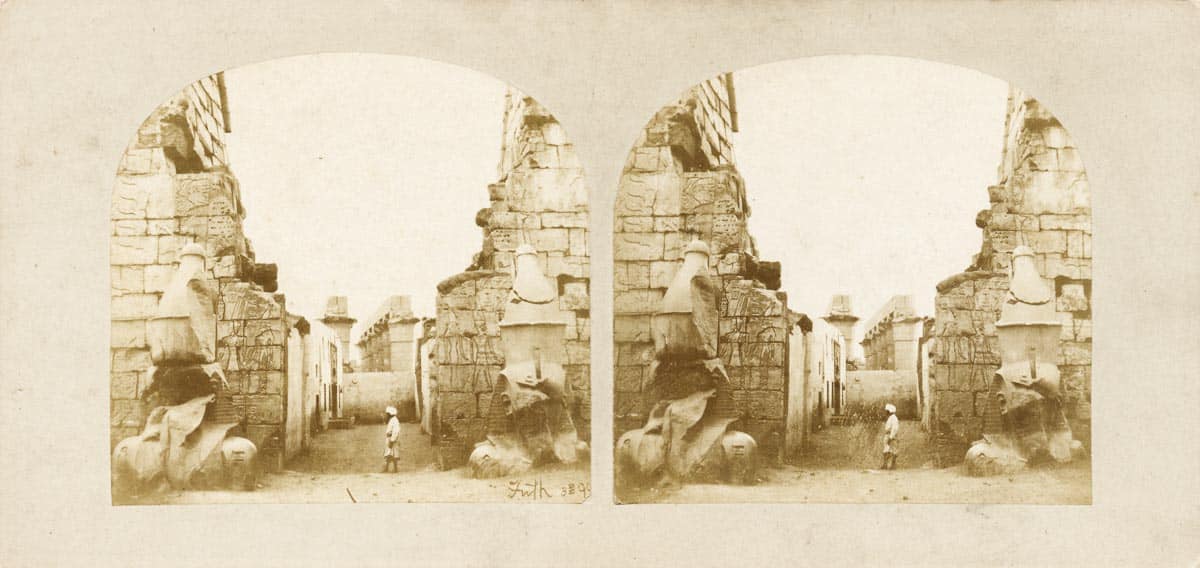
8.5 x 17 cm paper card stereoview published by Negretti and Zambra
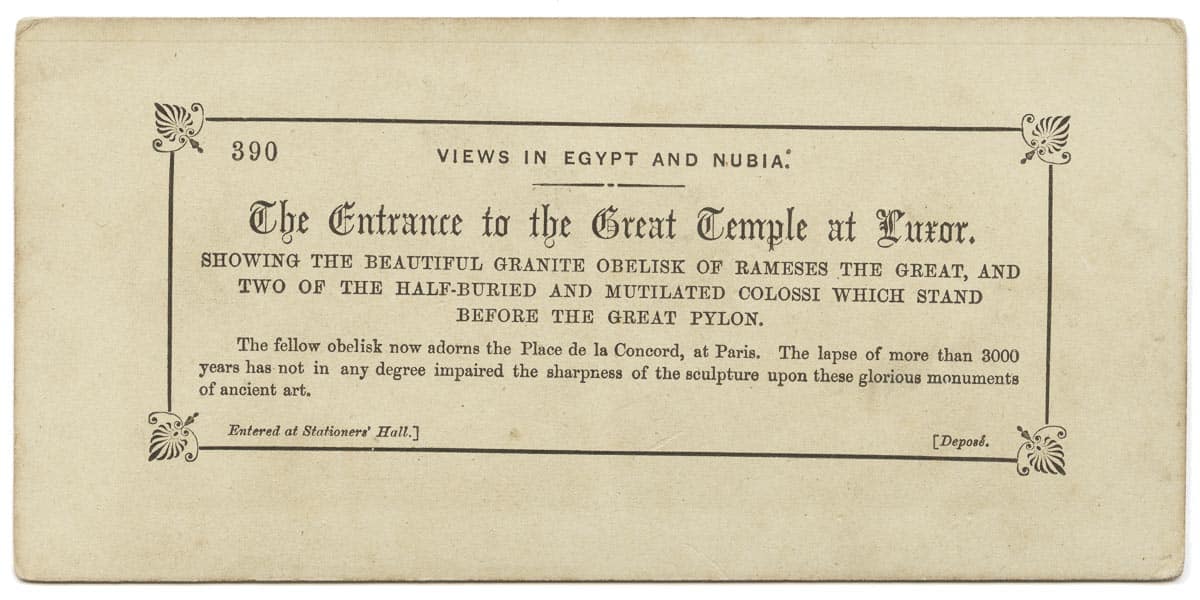

8.5 x 17 cm paper card stereoview published by Negretti and Zambra
Francis Frith
Francis Frith (1822–1898) was an English photographer and publisher. He became famous for his three trips to Egypt and the Holy Land in 1856–1857, 1857–1858 and 1859–1860. He photographed the ancient monuments and biblical places with three cameras (including a stereo camera), and the collodion wet plate process. The photos of his trips were published as stereoviews and in print editions. The commercial success of his published photos inspired Frith to set up his own photographic publishing company, F. Frith & Co. The company became the first publisher in England to produce and distribute images on a large scale.
The complete story of Francis Frith
